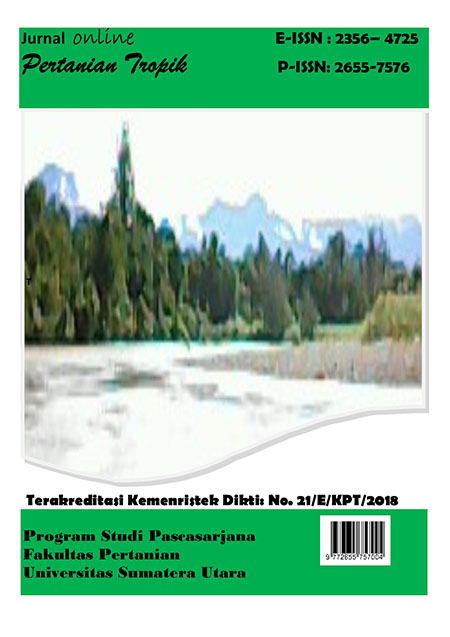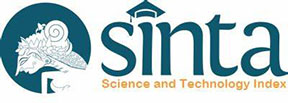Utilization of In Situ Antagonistic Fungus as A Biocontrol Agent of Lasiodiplodia theobromae Causes of Dieback Disease on The Nutmeg Tree in Aceh Selatan
DOI:
https://doi.org/10.32734/jopt.v5i3.3119Keywords:
Antagonis agents, Trichoderma harzianum, T. virens, T. asperellum, TalaromycesAbstract
Dieback disease caused by Lasiodiplodia theobromae is an important disease on the nutmeg tree in Aceh Selatan. The disease has been widespread in the district. One alternative to control the disease is the use of antagonistic fungi from the nutmeg tree to inhibit the development of the cause of the disease. In vitro experiments were carried out by evaluating 4 types of antagonistic fungi from the nutmeg tree to L. theobromae. The aim of the study was to determine the potential of in situ soil fungus as an antagonistic agents against L. theobromae, the cause of dieback disease on the nutmeg tree in Aceh Selatan. Microbial isolation using serial dilution method. The fungus test which was successfully isolated as an antagonist candidate was carried out through the dual culture method. The results showed that four fungi namely; Trichoderma harzianum, T. virens, T. asperellum, and Talaromyces pinophilus have the potential as antagonistic agents against pathogens cause dieback disease on the nutmeg tree in Aceh Selatan, with inhibitory power ranging from 66-100% in vitro.






















